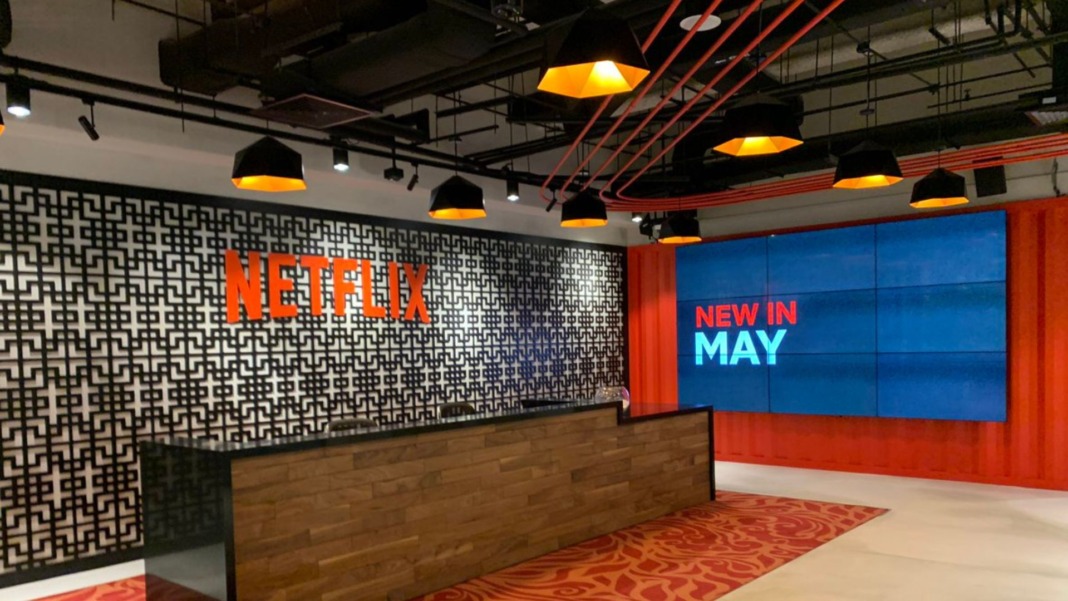NVIDIA highlighted how its AI technologies are being used to tackle some of the world’s most pressing environmental issues—from climate change and wildlife protection to natural disaster forecasting and asteroid detection.
NVIDIA’s hardware and software platforms are being applied by research teams and startups globally to better understand and respond to environmental and planetary risks. The company’s AI-driven solutions are already enabling faster data analysis, smarter simulations, and more accurate predictions, helping agencies and researchers make informed decisions in real time.
Smarter oceans and wildlife protection through AI
French startup Amphitrite, a member of the NVIDIA Inception programme, is using AI to simulate and predict ocean currents and weather patterns. Its models are powered by the NVIDIA AI and Earth-2 platforms, offering detailed insights for optimising maritime travel routes. This technology allows vessels to harness ocean currents more effectively, reducing travel time, cutting fuel usage, and lowering carbon emissions.
In Germany, OroraTech is deploying NVIDIA Jetson and CUDA platforms to protect wildlife and prevent forest fires. The company uses satellite imagery alongside the EarthRanger platform to monitor high-risk zones for poaching and wildfire outbreaks. By leveraging AI, OroraTech offers early detection capabilities that help protect biodiversity and reduce damage to ecosystems.
Forecasting weather and spotting space threats
NVIDIA’s Earth-2 platform includes CorrDiff, a generative AI model designed to forecast weather patterns at a high resolution. CorrDiff can predict wind speed, temperature, and precipitation type and volume at kilometre-scale accuracy. Offered as an NVIDIA NIM microservice, CorrDiff is now being used by climate scientists and weather agencies worldwide to improve forecasting capabilities.
In addition, NVIDIA Research has developed StormCast, another generative AI model capable of predicting weather events on a broader scale. Detailed in a recently published paper, StormCast aims to support disaster preparedness and response by offering reliable large-scale forecasting tools that can save lives during extreme weather events.
Beyond Earth, NVIDIA’s computing power has also contributed to space research. In a study published in Nature, researchers demonstrated how AI, in conjunction with data from NASA’s James Webb Space Telescope, was able to detect 10-metre-wide asteroids in the asteroid belt between Jupiter and Mars. These findings could improve early warning systems for space-based threats capable of causing serious damage if they reached Earth.
Advancing sustainable computing with Blackwell architecture
To meet increasing computational demands while staying energy-efficient, NVIDIA has introduced the GB200 NVL72 system, a liquid-cooled, rack-scale solution built on the Blackwell architecture. Compared to traditional air-cooled systems, it delivers 40 times higher revenue potential, 30 times greater throughput, 25 times improved energy efficiency, and 300 times better water efficiency.
The GB300 NVL72 system, built on the more advanced Blackwell Ultra platform, further improves these metrics, offering 50 times the revenue potential and 35 times the throughput, while also achieving 30 times the energy efficiency of air-cooled alternatives. These advances mark a significant step in balancing AI development with sustainability goals.
AI for the planet, from oceans to outer space
From marine current predictions and wildlife monitoring to climate simulations and asteroid tracking, NVIDIA’s AI technologies are proving essential for global sustainability efforts. With continued innovation in both software models and hardware platforms, the company is helping to reshape how environmental challenges are addressed—on Earth and beyond.





